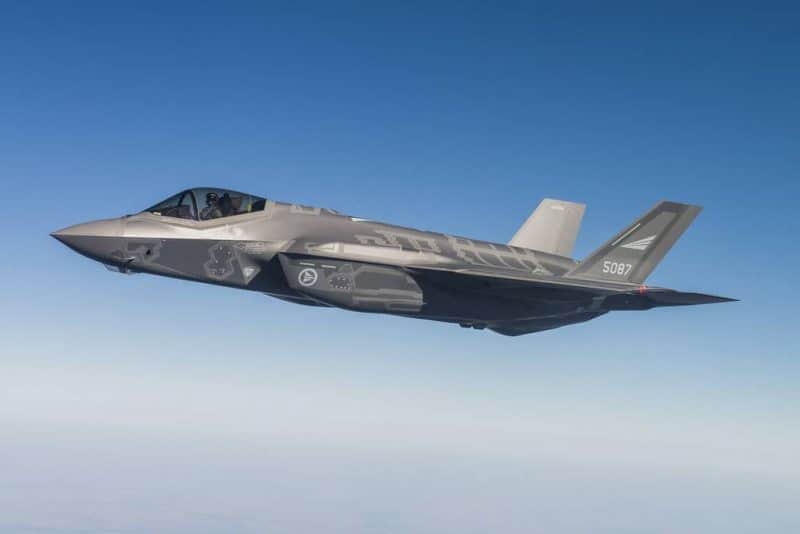Since the use of the F117 during the first Gulf War in 1991, stealth has been considered the essential characteristic of a combat aircraft, to be able to face the modern anti-aircraft defenses of a determined adversary. . And Lieutenant Colonel Zelko's aircraft shot down by a battery of S-175 missiles (SA-3 in the NATO classification), when it had just opened its ammunition hatch on March 27, 1999 over Serbia did not didn't change much.
Stealth had become the holy grail of aircraft manufacturers and the staffs of the world's air forces. From then on, several programs based on this characteristic were developed in the field of combat aircraft such as the American F22 and F35, the Russian Su57 or the Chinese J20, as well as strategic bombers, ranging from the American B2 Spirit and B21 Raider to the future HH -20 Chinese and Russian Pak-DA.
As always, as technologies to reduce the Radar Equivalent Area of an aircraft kept advancing, other teams of researchers were developing technologies to counter them and detect these devices despite their supposed radar invisibility cloak. Empirical at first, these new counter-stealth technologies now reach levels of reliability that make their operational use possible. By 2030, many of them will actually be in service, making the passive stealth used on devices like the F35, Su57 or J20, if not obsolete, in any case much less efficient.
2020: multistatism
Multistaticism is based on the physical separation of the radar transmitter and receiver. Indeed, a stealth plane is never really stealthy, and when it approaches below a certain distance from a radar, it ends up being detected. Thus, for the F35A, public data estimates that an A-3 Sentry would be able to detect it at a distance of 30 km, while it is able to detect a Su-30 or an F-15 beyond 200. km.

However, by bringing the radar receiver closer to the target, the detection range vis-à-vis the transmitter is increased, the signal strength decreasing with the square of the distance between the transmitter and the target, as well as between the target and the receiver. . This technology supposes being able to synchronize and make remote transmitters and receivers work together, but makes it possible to provide a first response based on the use of existing radar technologies, to counter passive stealth. It is also experienced by many armed forces around the world, including in Europe.
2025: Low frequency radars

75% of this article remains to read,
Subscribe to access it!
The Classic subscriptions provide access to
articles in their full version, and without advertising,
from 6,90 €.
Newsletter subscription
Register for the Meta-Defense Newsletter to receive the
latest fashion articles daily or weekly

